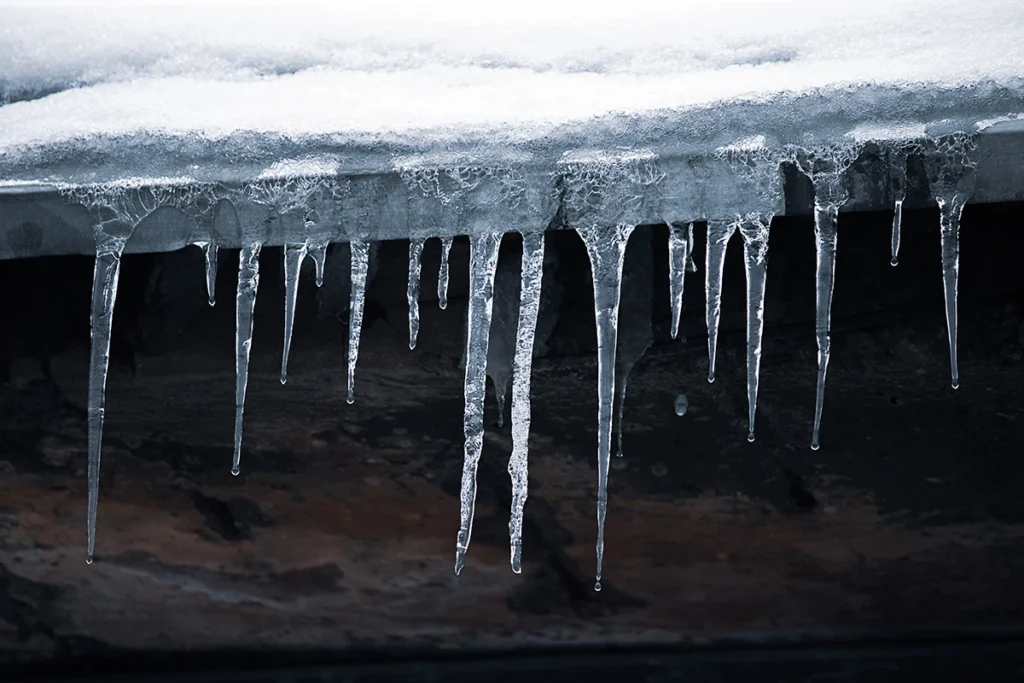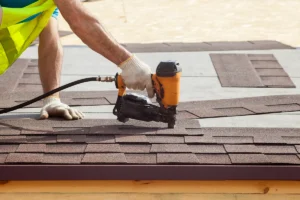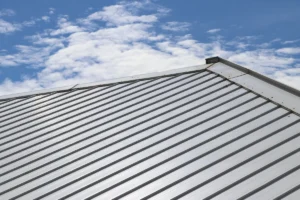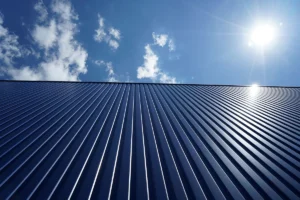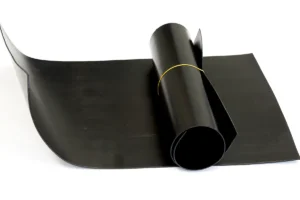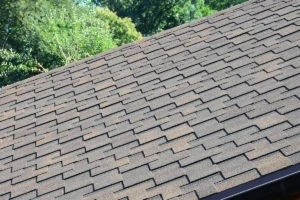Winter can be a beautiful season, with snow-covered landscapes and cozy evenings by the fire. However, it also brings its fair share of challenges, one of which is dealing with ice buildup on your roof. Ice dams can cause significant damage to your home if not properly addressed. In this blog post, we will discuss how to de-ice your roof and prevent ice dams from forming.
1. Understand the Causes of Ice Dams:
Before we dive into the de-icing process, it’s essential to understand what causes ice dams. Ice dams form when warm air from your home rises to the attic and melts the snow on the roof. The melted snow then flows down to the colder eaves and gutters, where it refreezes, creating a dam. This dam prevents proper drainage, leading to water seeping into your home and causing damage.
2. Insulate and Ventilate Your Attic:
One of the most effective ways to prevent ice dams is to ensure proper insulation and ventilation in your attic. Adequate insulation helps to keep the warm air inside your home, preventing it from reaching the attic and melting the snow on the roof. Proper ventilation allows cold air to circulate, keeping the roof’s temperature consistent and preventing the formation of ice dams.
3. Remove Snow from the Roof:
Regularly removing snow from your roof can help prevent ice dams from forming. Use a roof rake or a long-handled broom to carefully remove the snow, starting from the edge and working your way up. Be cautious not to damage the shingles or gutters while doing this. Removing the snow will eliminate the source of melting and reduce the chances of ice dams forming.
4. Use Calcium Chloride or Ice Melt:
If you already have ice dams on your roof, using calcium chloride or ice melt can help melt the ice and create channels for water to flow. Avoid using rock salt or sodium chloride, as they can damage your roof and gutters. Sprinkle the calcium chloride or ice melt on the ice dams, focusing on the areas where water is pooling. This will help melt the ice and allow water to drain properly.
5. Clear Gutters and Downspouts:
Clogged gutters and downspouts can contribute to the formation of ice dams. Ensure that your gutters are clear of debris and that downspouts are free-flowing. This will allow water to drain properly and reduce the chances of ice dams forming. Regularly clean your gutters and downspouts, especially during the winter months, to prevent any blockages.
6. Install Heat Cables:
If you live in an area prone to ice dams, installing heat cables along the eaves and gutters can be a preventive measure. Heat cables generate heat, which helps melt the snow and ice, preventing the formation of dams. However, it’s important to install them correctly and follow the manufacturer’s instructions to ensure their effectiveness and safety.
7. Consult a Professional:
If you’re unsure about how to de-ice your roof or if you’re dealing with severe ice dams, it’s best to consult a professional. A roofing contractor or a professional ice dam removal service can assess the situation and provide the most appropriate solution. They have the expertise and specialized equipment to safely remove ice dams without causing damage to your roof.
In conclusion, de-icing your roof and preventing ice dams requires a combination of proactive measures and regular maintenance. By understanding the causes of ice dams, insulating and ventilating your attic, removing snow, using calcium chloride or ice melt, clearing gutters and downspouts, installing heat cables, and seeking professional help when needed, you can protect your home from the damaging effects of ice dams. Stay safe and enjoy the winter season without worrying about the hazards of ice buildup on your roof.

